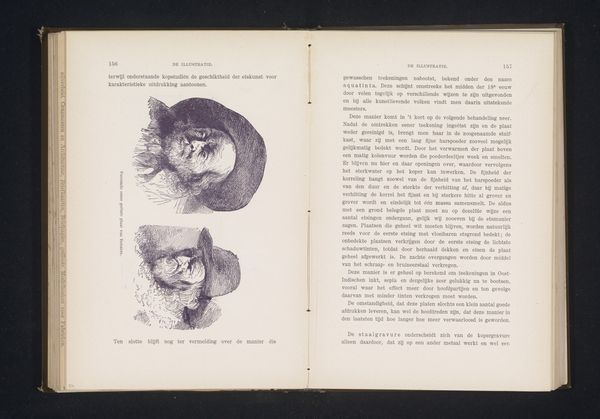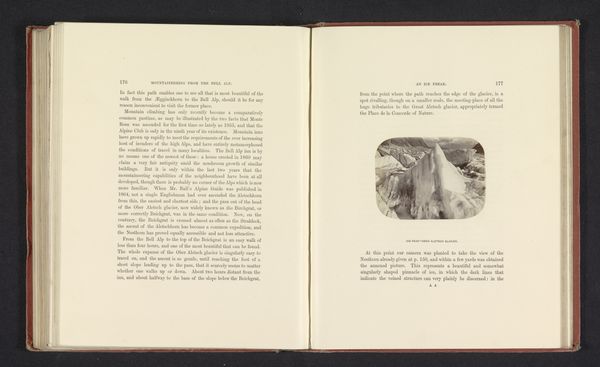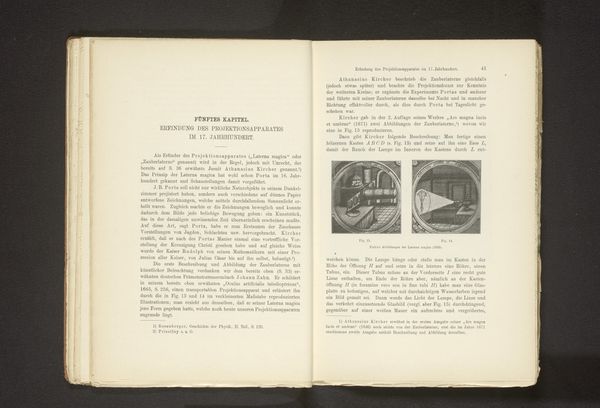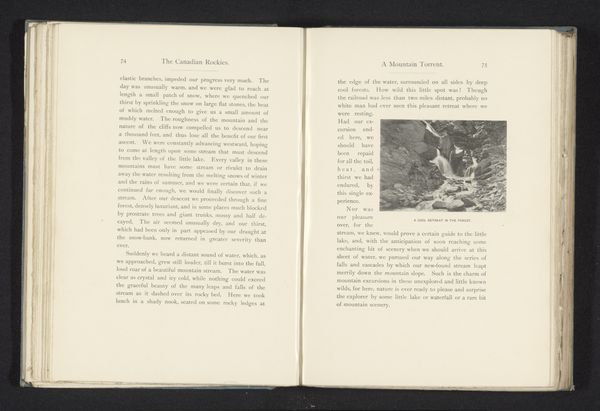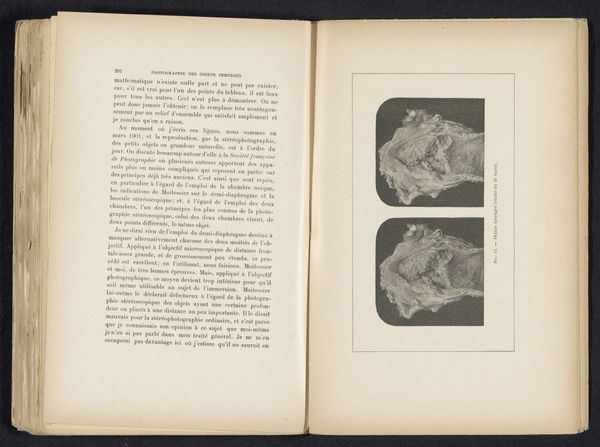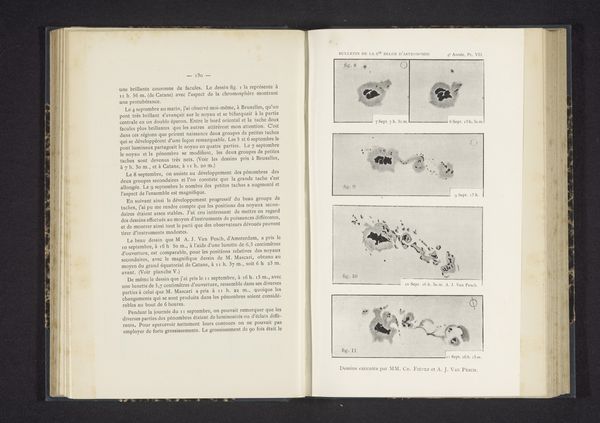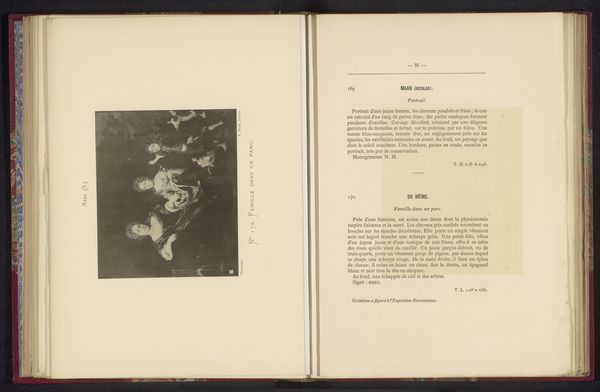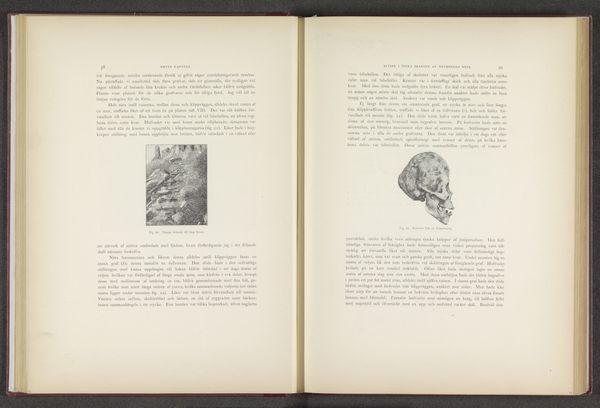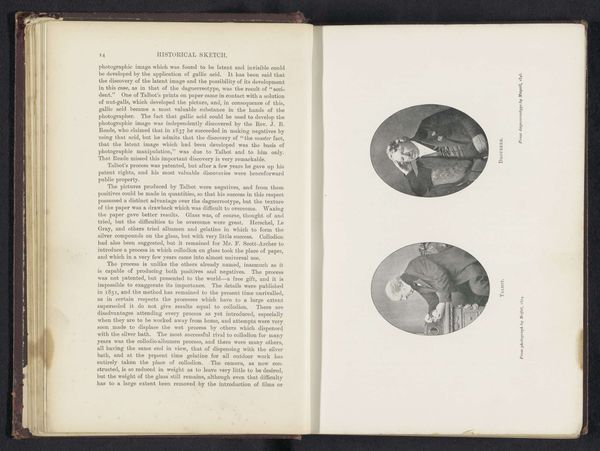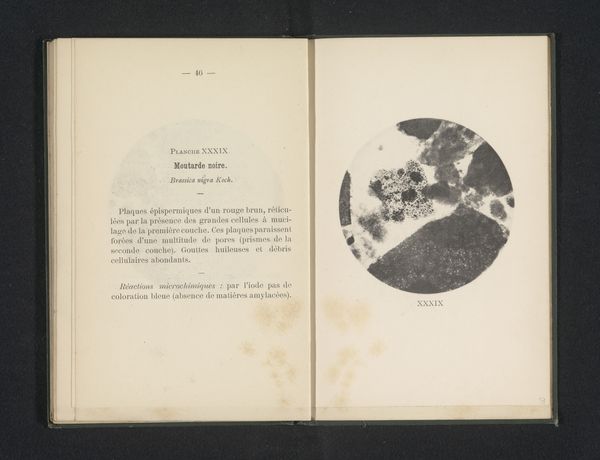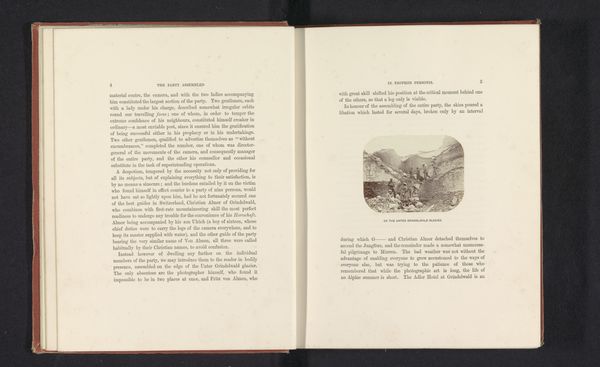
drawing, lithograph, print, paper
#
drawing
#
lithograph
# print
#
paper
Dimensions: height 50 mm, width 94 mm
Copyright: Rijks Museum: Open Domain
Curator: Right, so this image… it’s called “Reproductie van een ontwerp van een slapende kat,” and it’s dated to before 1892. Made with a lithograph, a print, and drawing on paper. What catches your eye initially, knowing nothing else about it? Editor: Well, a sleeping cat! It's… kind of sweet, isn't it? Simple. The composition's basic, but the light and shadow give it a certain softness. It makes me want to ask why cats were the subject in pre-modern art? What's it all about? Curator: That's a purr-fectly good question. Cats weren’t always symbols of domestic tranquility! In the Middle Ages, for instance, they were sometimes associated with witchcraft or considered sly and untrustworthy. By the late 19th century though – remember when this piece was made – there’s a real shift. We see an increasing sentimentalisation of cats, especially in popular culture. It mirrors changes in urban life, smaller homes and more "pets"... What do you notice about the style? Editor: Hmm… The shading. I find it hard to believe that that level of detail could come just from a lithograph alone. Curator: Precisely. It probably was a "reproductie", not an original creation made specifically using lithography, the image was most likely taken from some other print or illustration medium before becoming the drawing itself. Now, that's an intriguing idea. Editor: It does make more sense if it was copied... So this little kitty cat print shows how our ideas of pets and the techniques of reproducing art changed at this time, both evolving along with us. Curator: A fantastic observation. Perhaps the next time I see my feline friend snoozing in a sunbeam, I'll think twice. Editor: Me too! It is a wonderful piece after all, maybe that is why the cat looks so blissful!
Comments
No comments
Be the first to comment and join the conversation on the ultimate creative platform.
